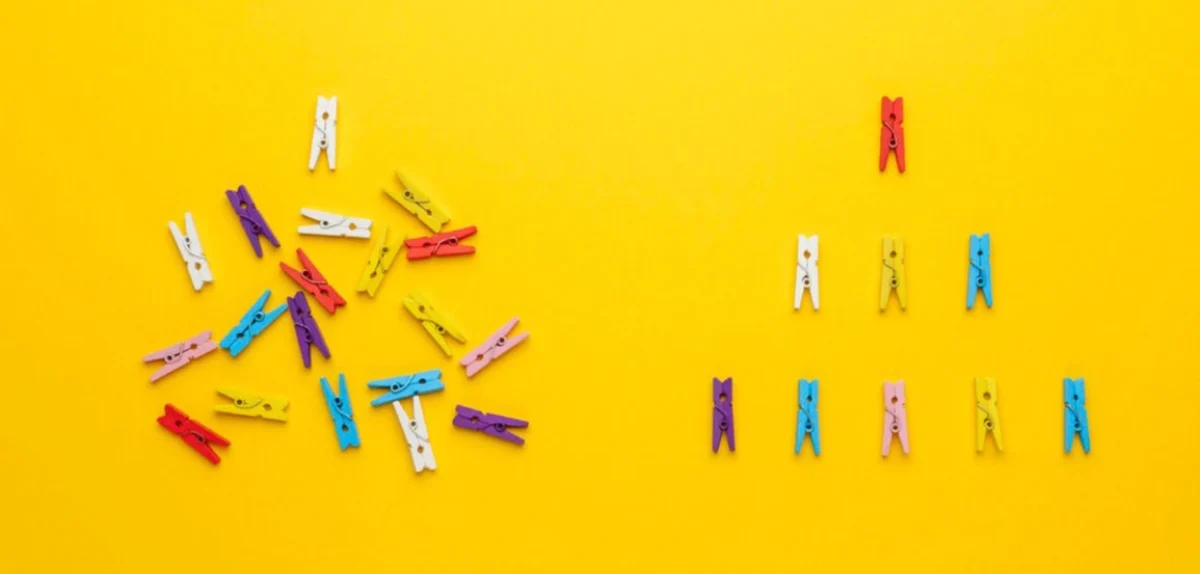Adapted from an article originally published in PerformanceIN.
Link rot is a slient revenue killer for affiliate marketing, costing the industry an estimated $160 million in yearly commissions, and compromises the reader experience by interrupting their buyer’s journey.
Though affiliate continues to grow as a viable revenue stream for publishers, link rot is one critical obstacle in the way of scaling these programs.
What is link rot?
Link rot occurs when a deep link—a link that sends users to a specific piece of content on a website that’s not the home page—decays and no longer earns money for a publisher.
When does link rot happen?
- Products go out of stock
- The advertiser removes the product
- The link breaks due to URL redirects or affiliate tracking changes, causing 404 errors
Everyone loses
All parties involved in affiliate partnerships have a stake in link rot prevention. When link rot occurs, advertisers lose revenue, tracking providers fail clients, and publishers create a poor user experience for visitors and miss out on commissions.
However, the onus to combat link decay often falls on publishers’ shoulders.
Content publishers are more susceptible to link rot than any other type. The risk comes from monetizing content with embedded affiliate links that direct readers to specific product and campaign pages. These articles often receive traffic from organic search and referral traffic. Generally, content that’s no longer updated but remains prominent in the SERPs presents the perfect breeding ground for link rot.
It doesn’t present as big of a challenge for incentive, cashback, or comparison publishers—who usually work with a limited number of links that typically direct to the advertiser’s homepage.
Link rot isn’t new, but the industry’s mindset has changed
Publishers have long considered affiliate links static. The issue of decay over time has never worried an industry hyper-focused on short-term marketing tactics.
But this approach doesn’t recognize the long game of content strategy. Publishers, particularly lifestyle content publishers, now produce evergreen content that retains long-term SEO value.
Publishers must keep those links relevant and up to date to successfully monetize content with affiliate links . A broken user journey and lost advertising opportunities is the result of link death—which inevitably leads to huge revenue losses.
Content publishers assess the value of their commerce content over long periods. This is a new way of thinking in an industry accustomed to negotiating short-term, short-burst marketing strategies with publishers.
The risk to publisher-advertiser relations
While link rot can take many forms, the most common issue is 404 errors—or when the page can’t be found. In a study by Trackonomics by impact.com, these accounted for 27 percent of all link rot issues. This is a significant percentage compared to other problems contributing to link rot (like broken links and out-of-stock products). Affiliate links simply can’t keep pace with the changing structure and content on advertiser sites.
Large content publishers have long seen the static nature of affiliate links as a threat to affiliate marketing’s viability as a sustainable monetization model. Publishers expect content to generate high traffic long after its publication date. The automated nature of other channels, like programmatic display, tends to trump the manual link maintenance model of affiliate marketing for this reason.
Major publishers today search for monetization strategies with ROI longevity. Publishers need a link decay solution if affiliate marketing is going to continue growing as a viable revenue stream.
Link rot revealed to be a $160 million problem
Trackonomics by impact.com conducted a study that analyzed over 7,000 web pages across 25 major publishing sites. They used its proprietary Link Scanner, which helps publishers automatically scan affiliate links to identify and avoid lost revenue associated with link rot.
The results were alarming:
- Link rot affects almost half of all pages with affiliate links
- Three to ten percent of live affiliate links are affected by link rot
- Each affiliate webpage has around ten individual link rot issues
More than 40 percent of affiliate URLs scanned contained a link rot issue of some kind.
Trackonomics now estimates that link rot cost the affiliate marketing industry at least $160 million annually.
Seize the opportunity to recover lost revenue
In the US, affiliate marketing’s biggest content publishers generate an excess of 25 million unique clicks on affiliate advertising in any given month. A potential 2.5 million unique clicks push to 404 errors, incorrect pages, or out-of-stock products.
Addressing link rot allows publishers to gain back lost revenue and provide additional value for brands. Publishers can make huge gains if they’re ready and willing to make link rot prevention a key part of their affiliate strategy.
How publishers can develop an actionable strategy for dealing with link rot
Publishers need to have a strategy to combat link rot to benefit from commerce content while maintaining a seamless user experience.
A good link rot strategy needs to enable publishers to:
- Report on the key link rot issues affecting their businesses
- Identify link rot issues by article or content generated
- Place a monetary value on each issue to prioritize the revenue risk
- Fix link rot issues to ensure the best user experience and maximize revenue opportunities
Publishers need a lot of time and resources to form and execute such a strategy. As long as manual processes are in place, link rot often goes largely unaddressed. This oversight causes publishers to leave significant revenue on the table.
That’s where the power of automation comes into play. Link Scanner, a product of Trackonomics by impact.com, identifies where publishers lose commissions. The tool automatically scans monetized links that drive readers to out-of-stock products, 404 pages, dead URLs, price mismatches, or bad redirects.
Link Scanner automates the error-prone manual process of finding and swapping out decayed links, allowing publishers to scale their affiliate marketing program.
See automated link decay prevention in action
You need an automation solution to squeeze the most value out of monetized links and encourage conversions.
Trackonomics by impact.com—part of the impact.com for Publishers suite—designed its Link Scanner feature to do just that. Request a demo to see how the Link Scanner helps publishers recoup lost revenue, scale their affiliate marketing program, and create a seamless reader experience.






